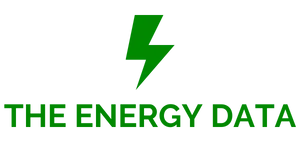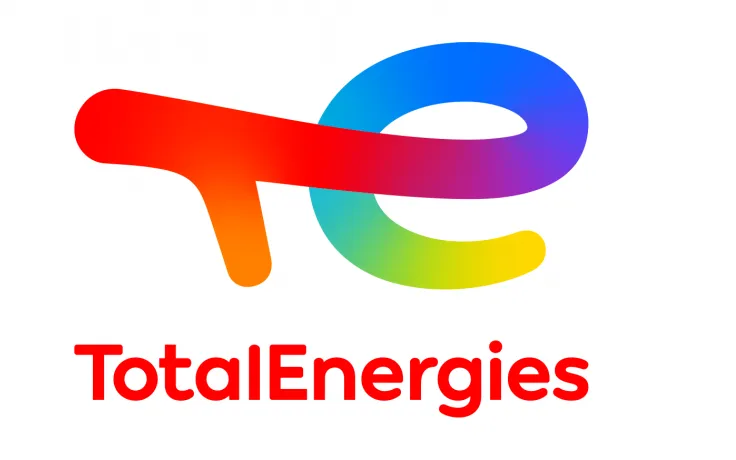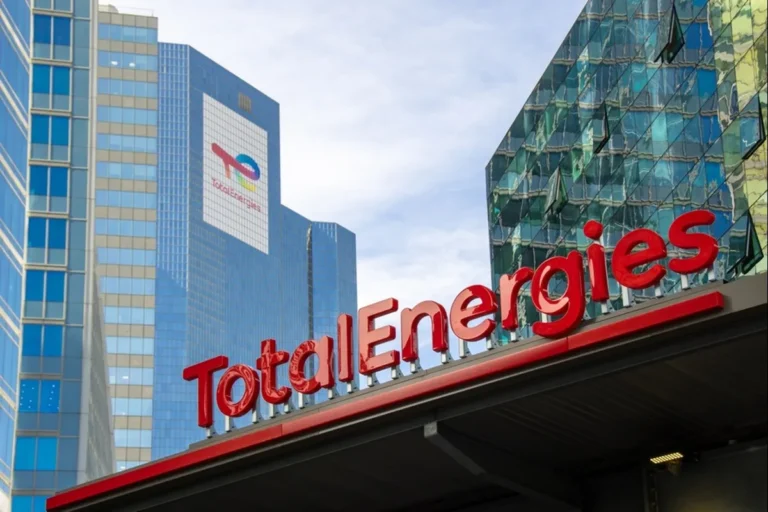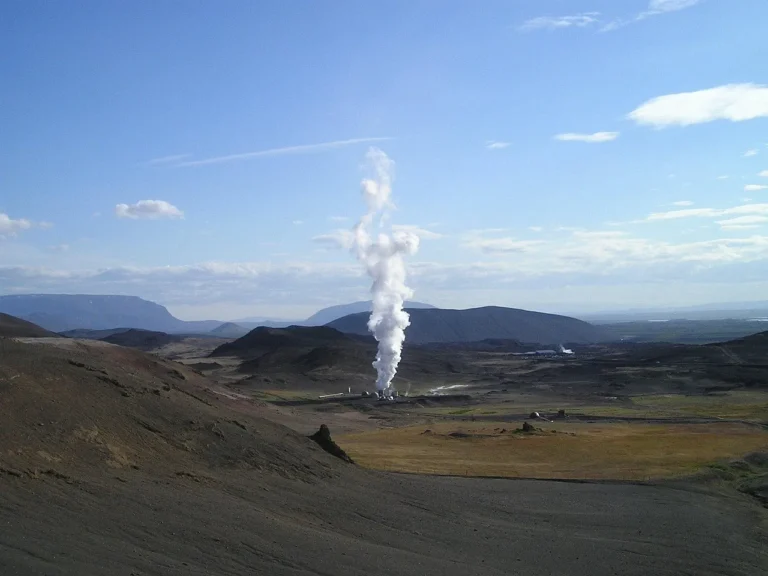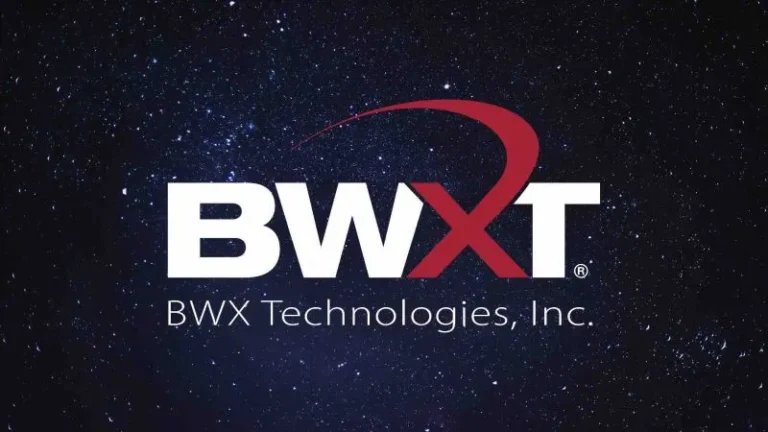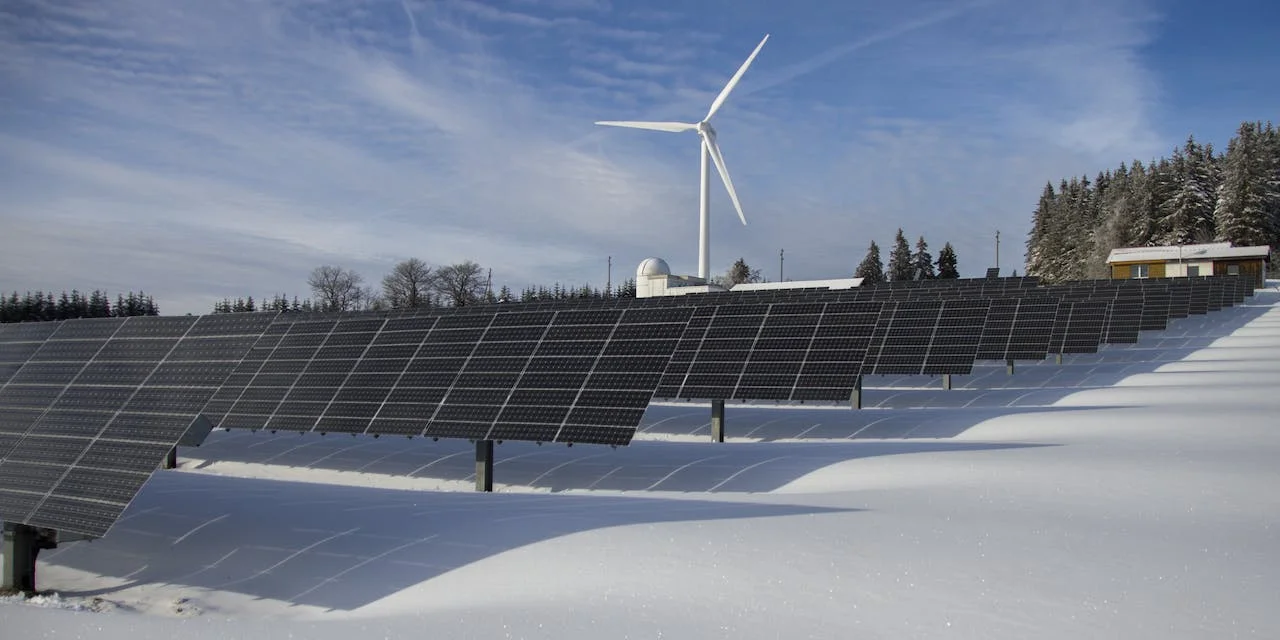
As leading provider of AI-enabled concentrating solar energy technology, has demonstrated the effectiveness of its proprietary control system at Sandia National Laboratories’ National Solar Thermal Test Facility (NSTTF). The project, funded by the Department of Energy’s (DOE) Technology Commercialization Fund, marks a leap forward in concentrating solar energy and provides third-party validation data essential to Heliogen’s software licensing potential.
The project was designed to evaluate potential improvements in the operation of concentrating solar power facilities. In a recent test, Heliogen’s closed-loop software was deployed on third-party heliostats, marking a first in the industry. This technology is pivotal in detecting optical inaccuracies and initiating autonomous correction, which can considerably improve the efficiency of existing CSP plants worldwide. Correcting the aim of the NSTTF heliostats using Heliogen’s software reduced tracking error to 0.33 mrad, significantly surpassing the project target of less than 1.0 mrad. The software also measured the alignment of the mirror facets to improve beam quality.
The evidence from these tests, conducted by Sandia, conclusively demonstrates the efficacy of Heliogen’s AI-powered software in accurately monitoring and correcting heliostat tracking. This represents a significant advancement in mitigating the primary sources of historical inaccuracy in heliostat orientation within the existing infrastructure of concentrating solar energy plants.
“The results from Sandia’s in-depth testing program further validate our closed-loop control software in optimizing performance of concentrating solar energy plants,” said Christie Obiaya, CEO of Heliogen. “This development is pivotal in widening the scope of our proprietary technology, enabling its application across government, industry, and new or existing solar projects, thereby advancing the decarbonization of hard-to-abate sectors.”
This milestone demonstrates the ability of Heliogen’s patented software to improve efficiency across a range of heliostat fields and paves the way for commercialization through licensing agreements with operators of concentrating solar projects. The software’s automated correction of heliostat pointing inaccuracies aims to lower operational and maintenance costs by reducing the need for offline calibration and continually optimizing system efficiency for maximum sunlight collection. Additionally, the project, in partnership with Sandia National Laboratories, affirms the scalability and readiness of Heliogen’s AI-enabled technology for broader application in its project portfolio.
“The NSTTF at Sandia was a perfect place to prove that Heliogen’s software is equally effective at automated control of a multi-facet heliostat field as a single facet heliostat field,” said Margaret Gordon, Concentrating Solar Power Manager at the NSTTF. “Our engineers were excited to work with Heliogen to demonstrate this advancement.”
Testing was conducted at the NSTTF, the only test facility of its type in the United States. Funded through the Technology Commercialization Fund, an initiative to commercialize promising energy technologies from DOE’s national laboratories, the Solar Energy Technologies Office (SETO) awarded the project in 2020.
“Our office is focused on advancing collector technologies, and we’re excited to see this software reach a major milestone on the path to commercialization,” said Becca Jones-Albertus, Acting Deputy Assistant Secretary for Renewable Energy and Director of the Solar Energy Technologies Office at DOE. “Improving the performance and reliability of heliostats is a critical component of DOE’s investments in CSP, and we look forward to seeing the broader impact of this technology on our industrial decarbonization goals.”

